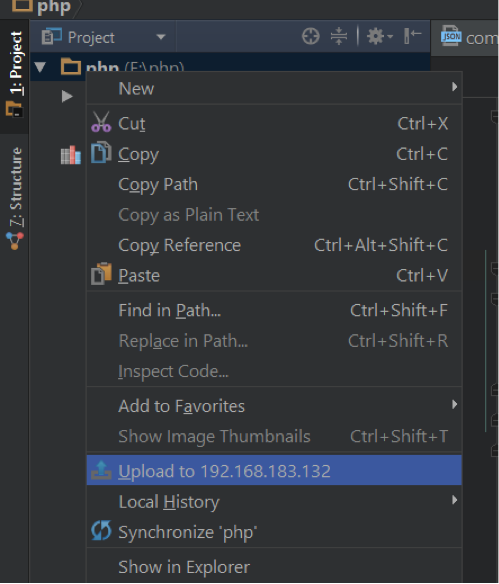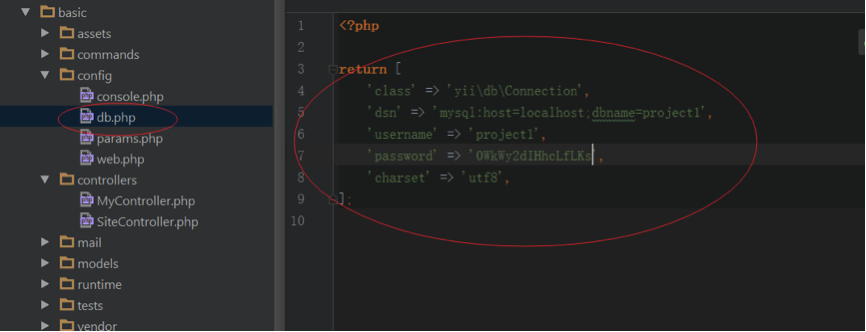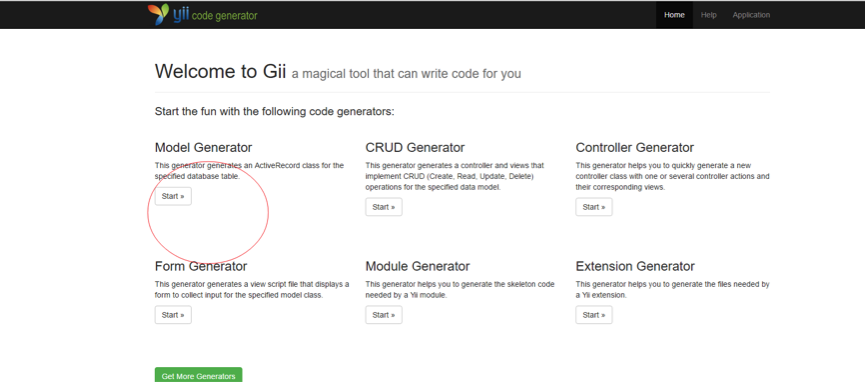Redis is an open source (BSD licensed), in-memory data structure store, used as database, cache and message broker. Due to it is fast speed in storing and fetch data, it is widely used as a cache system in web applications. Lets see how it is used in a php example project.
<?php
//connect to redis
$redis = new Redis();
$status = $redis->connect('127.0.0.1', 6379);
if($status){
echo "Connection to server sucessfully";
echo "Server is running: " . $redis->ping();
} else{
echo "Connection to server failed";
}
Once connected, the connect method will return true;
List operation
Push element to a list : lPush
Pop element from a list: lPop
Get element from a list: lGet
Length of the list: ILen
<?php
error_reporting(E_ALL);
ini_set('display_errors', 1);
//connect to redis
$redis = new Redis();
$status = $redis->connect('127.0.0.1', 6379);
if($status){
echo "Connection to server sucessfully\n";
}else{
echo "Connection to server failed\n";
}
$redis->delete('list1');
//list
$redis->lPush('list1', '1');
$redis->lPush('list1', '2');
$redis->lPush('list1', '3');
$redis->lPush('list1', '4');
for($i = 0; $i < 4; $i++){
$result = $redis->lGet('list1', $i);
echo "element in postion " . $i ." : ". $result . "\n";
}
$result = $redis->lPop('list1');
echo "poped element : " . $result . "\n";
//get the length of the list
$result = $redis->lLen('list1');
echo "length of the list : " . $result . "\n";
//get the size of the list
$result = $redis->lSize('list1');
echo "size of the list : " . $result . "\n";
Hash Map
add element to a hash table : hSet
get element from a hash table: hGet
does a key exists?: hExists
Length of the hash table: hLen
//hash map
$redis->hSet("hash1", "abc", 1);
$redis->hSet("hash1", "mvp", 2);
$redis->hSet("hash1", "vip", 3);
$result = $redis->hGet('hash1', "abc");
echo "hash element abc: " . $result . "\n";
$result = $redis->hGet('hash1', "mvp");
echo "hash element abc: " . $result . "\n";
$result = $redis->hGet('hash1', "vip");
echo "hash element abc: " . $result . "\n";
$result = $redis->hExists('hash1', "vip");
echo "hash element abc exists? " . $result . "\n";
$result = $redis->hExists('hash1', "tip");
echo "hash element abc exists? " . $result . "\n";
$result = $redis->hLen('hash1');
echo "hash table abc length: " . $result . "\n";













